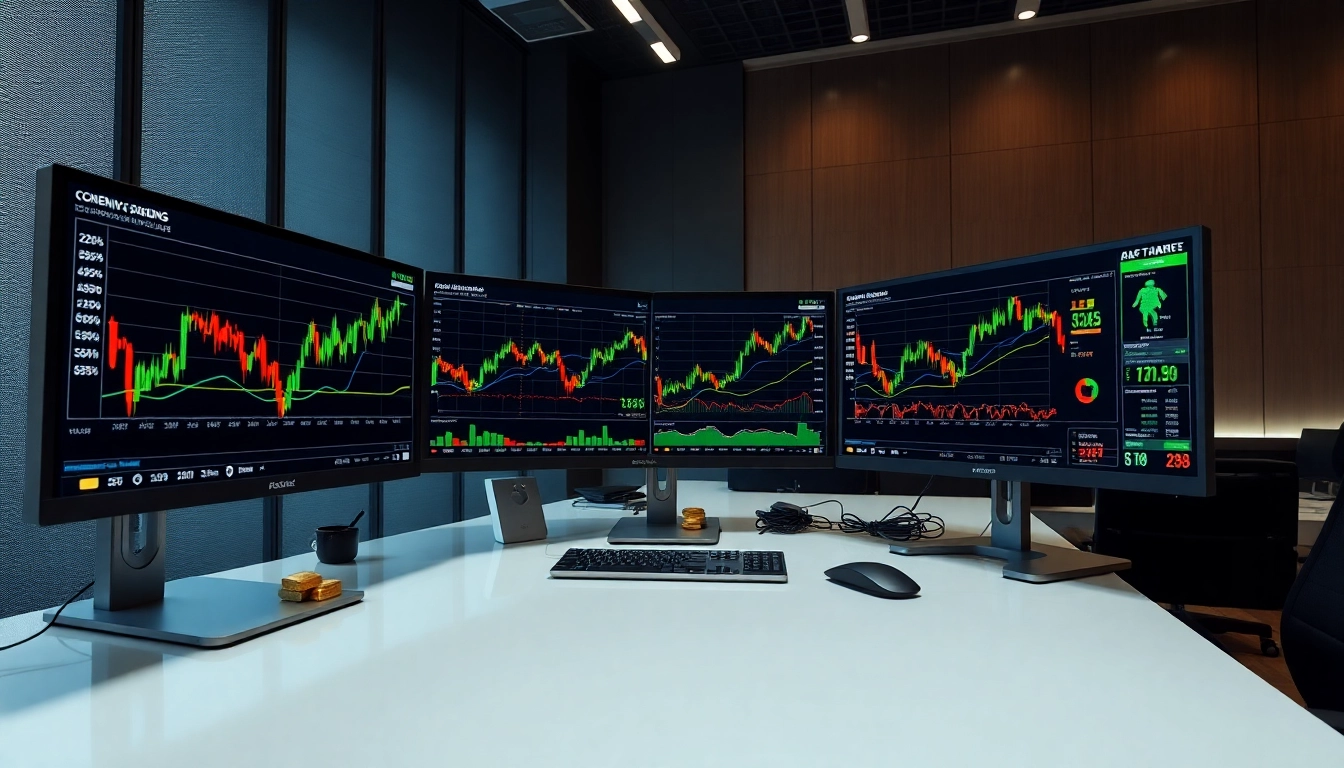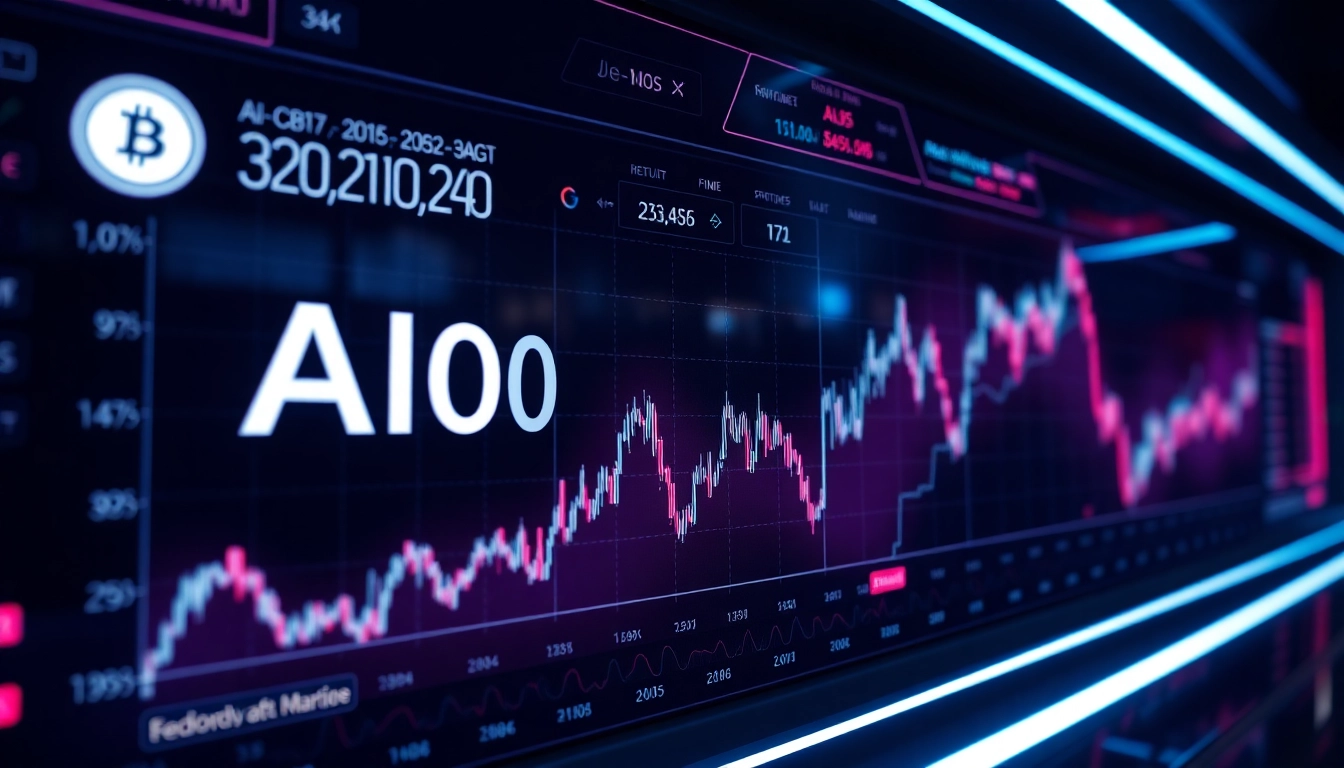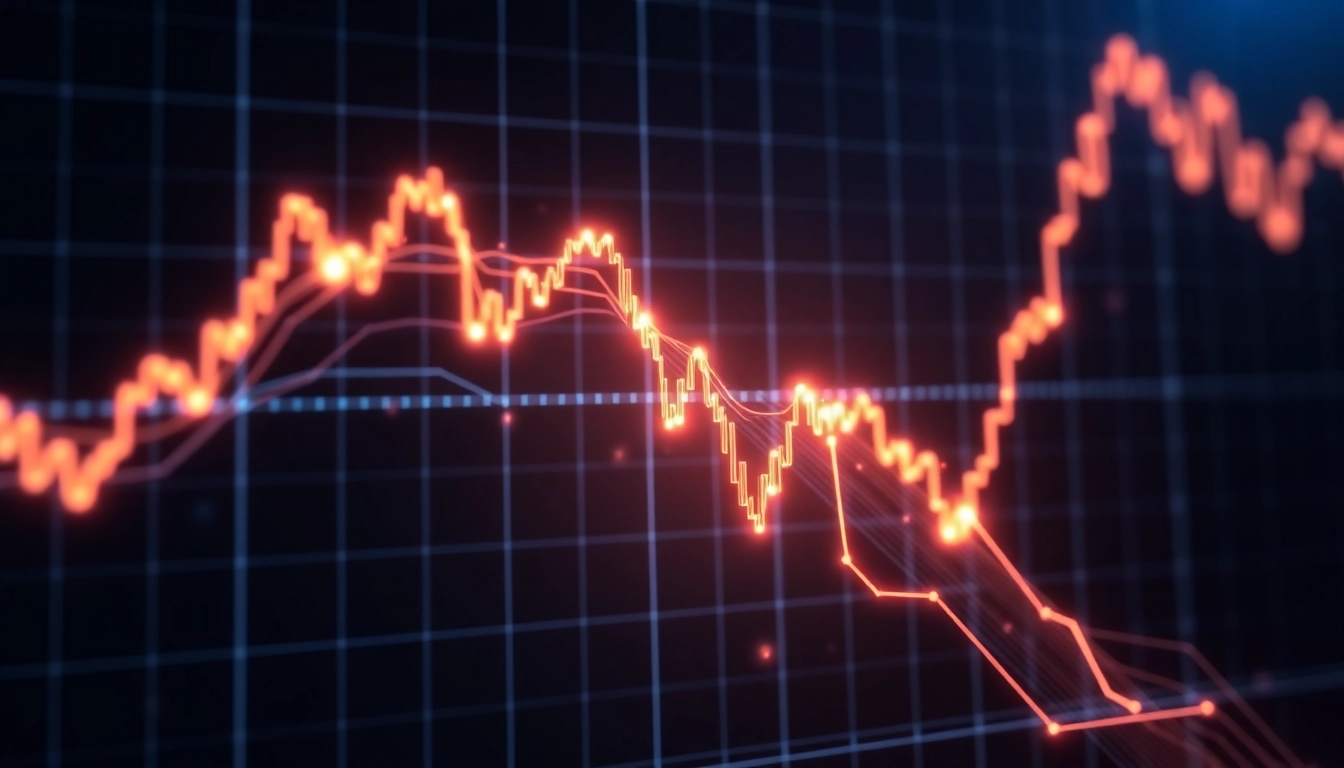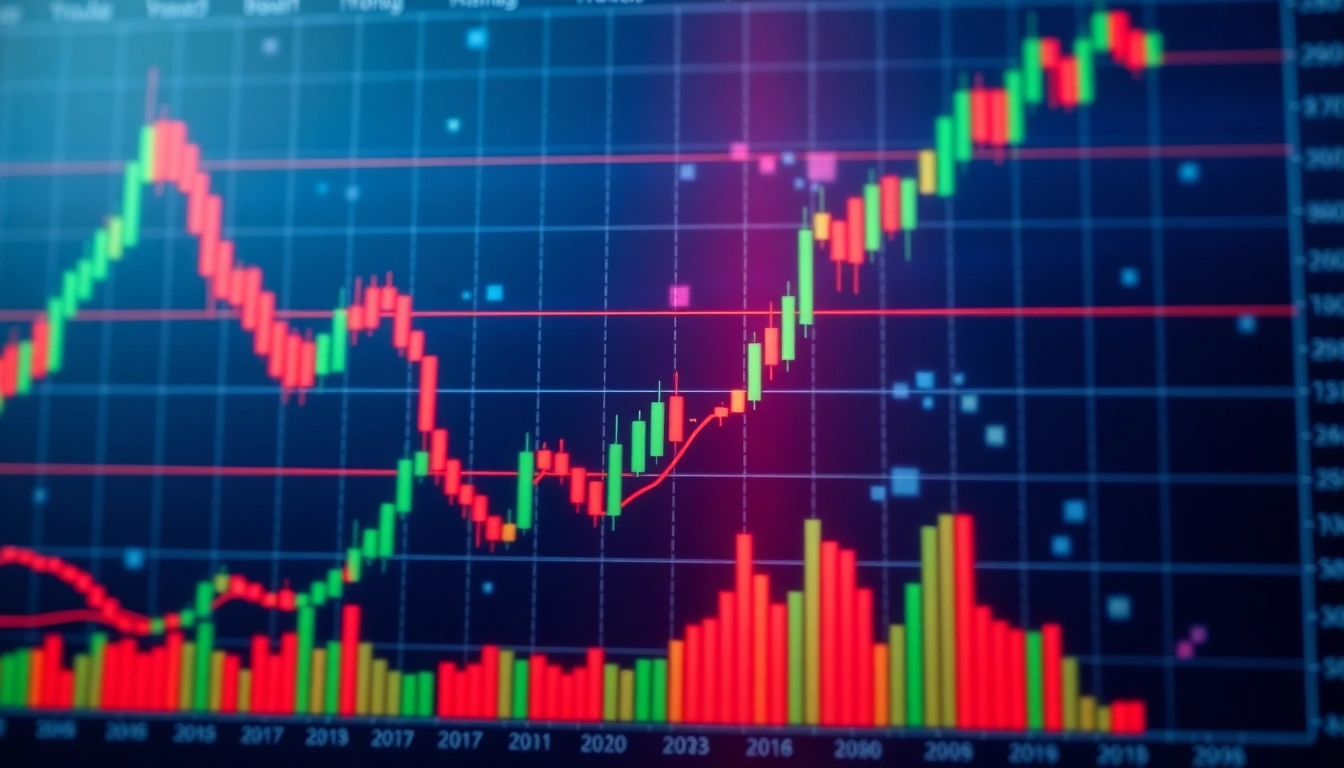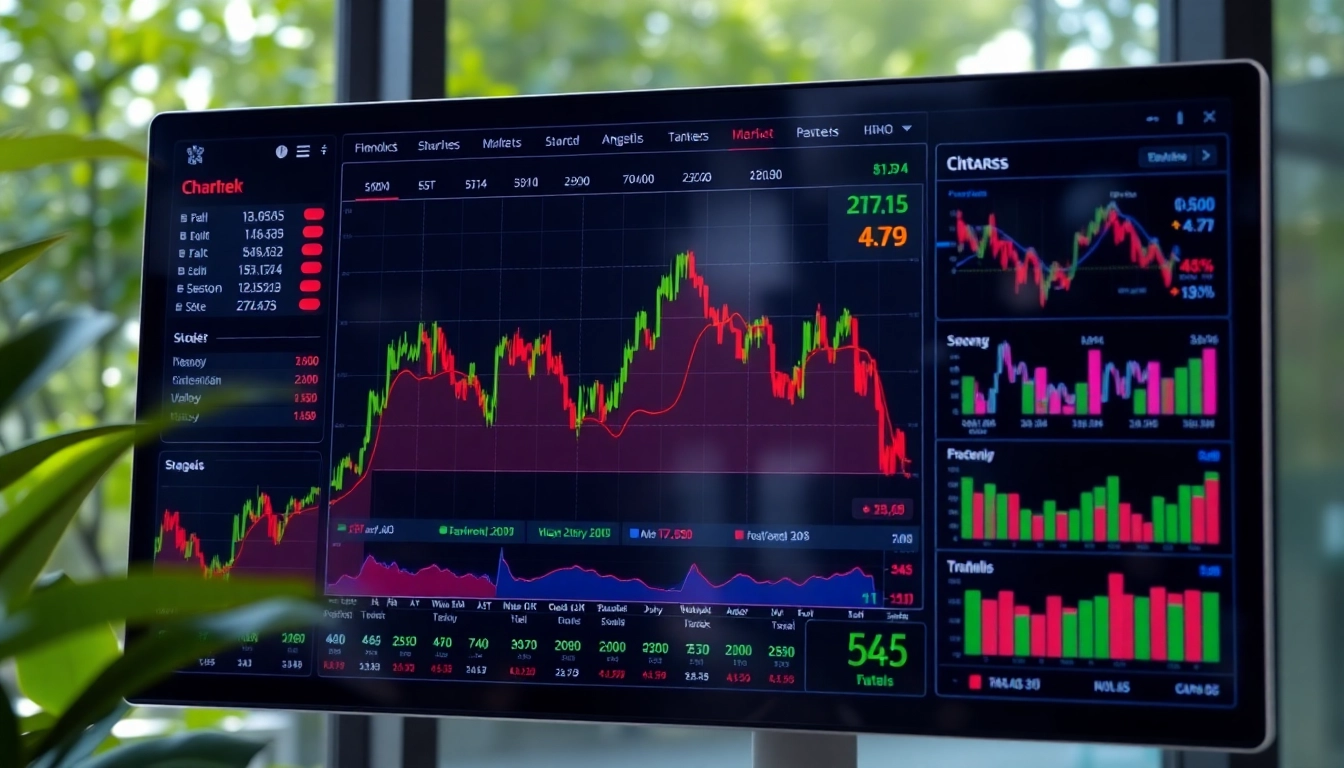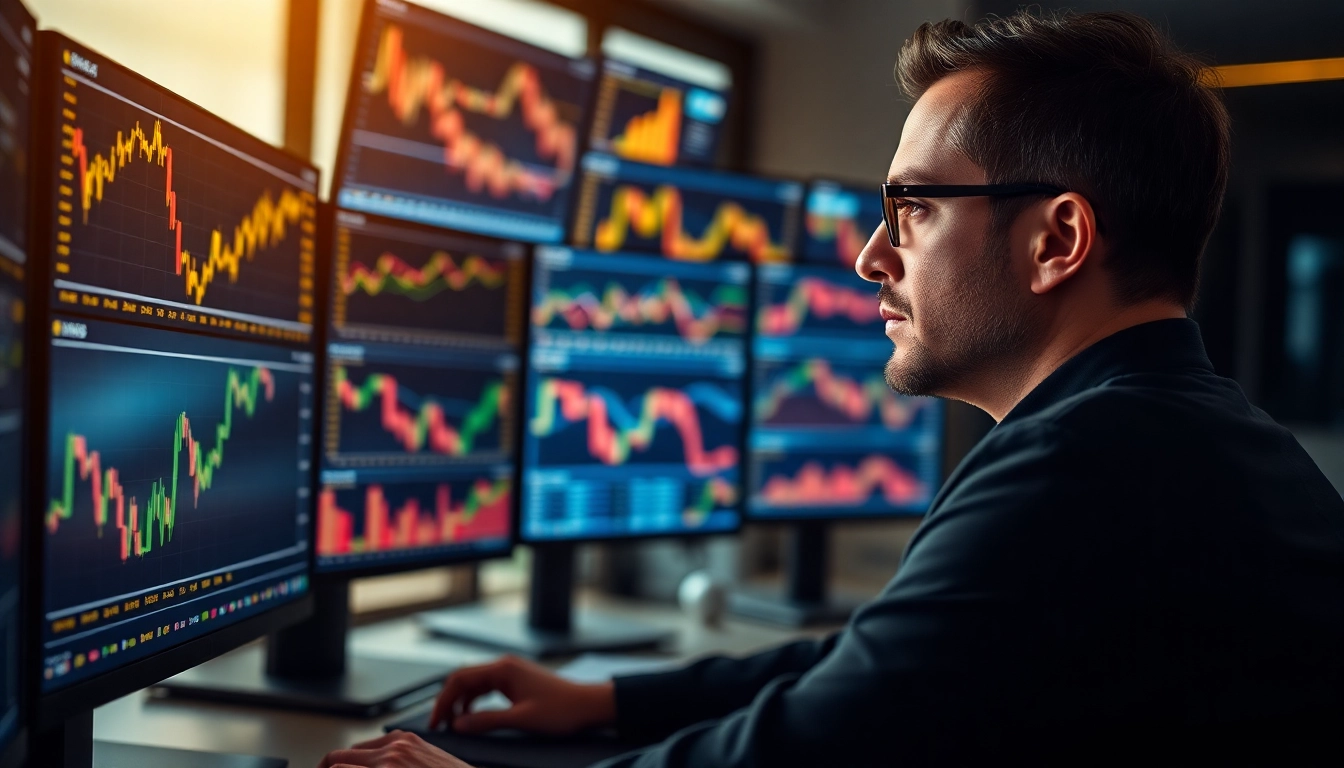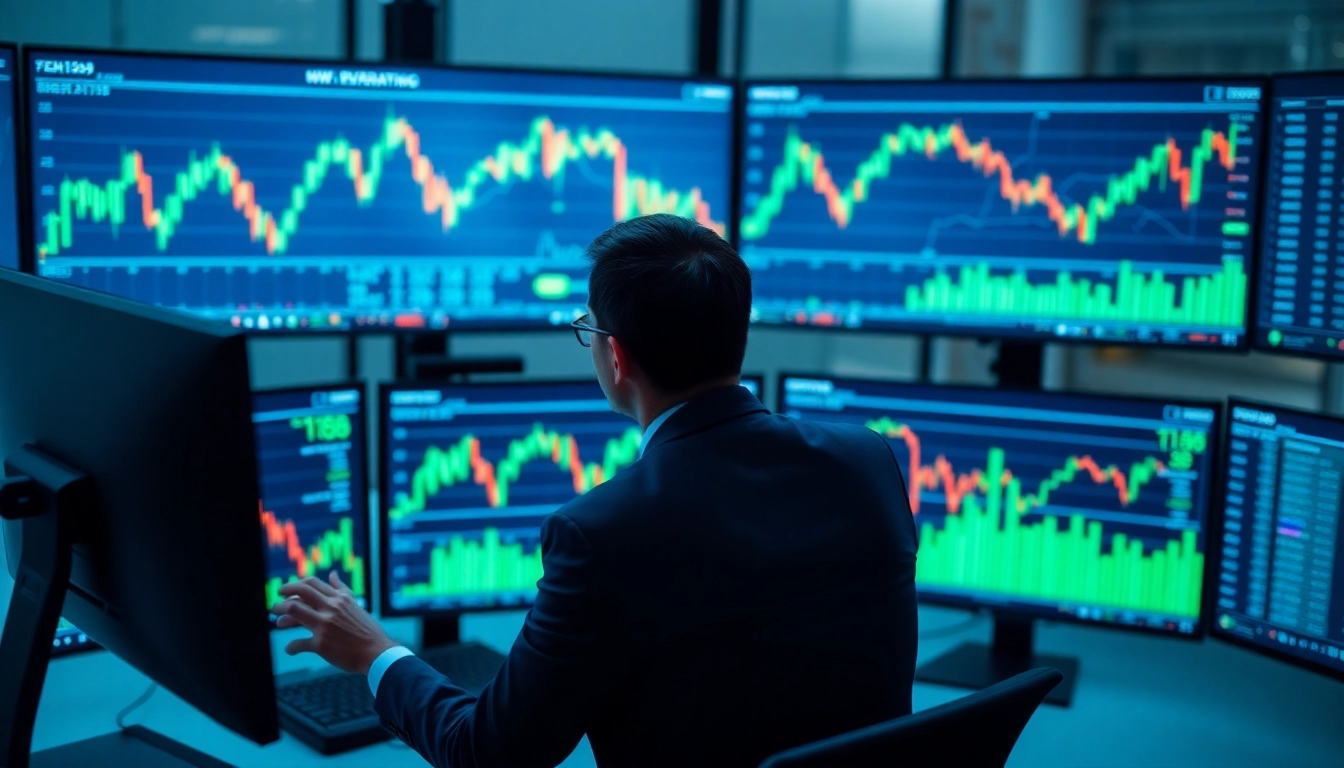Understanding the Current State of Trading Investment News and Market Trends
The landscape of global financial markets continues to evolve at a rapid pace, influenced by macroeconomic shifts, geopolitical developments, and technological innovations. For investors and traders, staying informed through the latest Trading Investment News is crucial in navigating this complex environment. Recent market reports reveal a picture of mixed stock performances, record highs in gold, and volatile currency and commodity prices, underscoring the importance of comprehensive analysis and strategic agility.
Analyzing Stock Market Movements and Mixed Trends
Over the past week, global equities displayed a nuanced performance pattern. European shares marginally closed higher, bolstered by strong defense sector performances, with the pan-European STOXX 600 increasing by 0.17% to 551.07. Conversely, U.S. stock futures remained steady amid ongoing debates around Federal Reserve monetary policies, especially in light of the recent feuds involving market influencers like Donald Trump and Fed officials. Such divergence underscores the importance of examining country-specific factors—economic data releases, political stability, and corporate earnings—to understand local market trajectories.
For instance, the decline in U.S. markets reflects concerns over inflation figures and the potential for an interest rate cut, which traders interpret as a sign of macroeconomic uncertainty. Meanwhile, European markets experienced slight gains supported by regional defense stocks, indicating investors’ preference for sectors perceived as resilient to immediate global shocks. This mixed trend highlights that a one-size-fits-all approach is insufficient; instead, investors should leverage sectoral insights and regional developments to fine-tune their strategies.
Impact of Gold Reaching New Record Highs on Investment Decisions
Gold continues to capture investor attention, with recent surges pushing prices beyond $3,500 per ounce—a new record surpassing the previous high of $3,500.10 in April. This rally is driven by several factors, including US inflation data, dollar volatility, and geopolitical tensions. Gold’s historic role as a safe haven asset becomes increasingly evident during periods of political uncertainty and currency fluctuations, prompting many investors to diversify their portfolios with this precious metal.
Investors should interpret these record highs as signals to reassess risk exposure, especially amid rising inflation concerns which erode real yields on bonds and cash. Moreover, gold’s performance often correlates inversely with the US dollar, which recently experienced a slight decline, and positive macroeconomic indicators that might reduce the appeal of non-yielding assets. Practical strategies include integrating gold options, ETFs, or physical holdings into asset allocation plans to hedge against market volatility.
How Global Events Influence Trading and Investment News
Worldwide developments continually shape the flow of trading news and investment decisions. Notable recent events include the Bank of England’s warning to Facebook regarding stringent conditions for the UK launch of Libra cryptocurrency, which exemplifies regulatory hurdles facing digital currencies. Additionally, geopolitical tensions such as the US-China trade pause, triggered by tariffs extensions and policy delays, have influenced commodities and currency markets, prompting traders to adjust risk premiums prudently.
For example, the suspension of higher tariffs between China and the US has led to a temporary stabilization in oil and commodities, yet uncertainties persist, affecting long-term investment outlooks. Large-scale corporate actions, such as Evergrande’s asset liquidations totaling $255 million, also reflect financial distress within the global real estate sector, impacting investor sentiment and market liquidity. Staying abreast of such geopolitical and macroeconomic developments enhances the ability to anticipate market shifts and position portfolios accordingly.
Key Factors Driving Market Volatility and Opportunities
Economic Indicators and Labor Data’s Role in Market Fluctuations
Economic indicators, especially labor market data like employment figures and wage growth, are pivotal in shaping investor expectations. Recent US labor reports indicated fluctuating employment numbers, which, in turn, influenced currency movements and bond yields. Positive employment data tend to bolster the dollar and prompt expectations for rate hikes, while soft figures may fuel dovish policies and lower yields.
For traders, such data serve as actionable signals. For instance, a robust labor report might suggest tightening monetary conditions, increasing attractiveness for equities and reducing gold appeal. Conversely, weak employment figures could indicate economic softness, prompting safe-haven flows into gold, bonds, and defensive equities. Monitoring these indicators alongside other metrics like inflation and manufacturing indexes enhances predictive accuracy for short-term and long-term positions.
The Influence of Geopolitical Events on Trading News
Geopolitical tensions remain prime catalysts for market swings. Recent developments such as the US President’s call for the resignation of certain Fed governors and new sanctions or trade restrictions have led to heightened volatility. For example, Trump’s public dissent and calls for Fed policy adjustments influenced currency and equity movements, emphasizing the need for traders to factor in political risk premiums.
Additionally, regions experiencing upheaval—such as China’s weak manufacturing data coupled with delayed tariff policies—impact commodities like iron ore and oil. Recognizing patterns—such as increased volatility during political instability—allows investors to adopt hedging strategies or look for opportunities in resilient sectors.
Commodity and Cryptocurrency Market Trends and Their Significance
Commodities like oil and metals are experiencing dynamic price movements amidst shifting supply-demand balances and geopolitical news. Oil prices, for example, declined slightly but remain on track for weekly gains, reflecting ongoing US-China tensions and production adjustments. Similarly, gold’s record high underscores its role as an inflation hedge and safe haven.
Meanwhile, the cryptocurrency market exhibits notable shifts: Bitcoin, Ether, and other altcoins show mixed performance influenced by SEC regulatory developments and macroeconomic outlooks. Bitcoin maintaining stability above key trendlines, like the 200-week moving average, signals potential bullish momentum—especially if macro factors favor risk assets. Crypto traders should leverage real-time data and on-chain indicators to identify emerging opportunities amidst volatility.
Leveraging Trading Investment News for Strategic Portfolio Management
Incorporating Latest Articles and Market Updates into Investment Plans
Effective portfolio management hinges on integrating current market intelligence into investment strategies. Regularly reviewing articles on market leaders—such as Robinhood’s profitability or Coinbase’s regulatory challenges—provides crucial insights. Short-term traders can capitalize on tech earnings surprises, while long-term investors might focus on macro trends like gold’s rally or cryptocurrency adoption.
Developing a dynamic asset allocation plan involves adjusting exposures based on news-driven developments, economic reports, and sectoral shifts. For example, increasing stake in safe-haven assets during heightened geopolitical tensions or rotating into growth stocks when growth prospects improve are tactical moves supported by timely news analysis.
Tools and Techniques for Real-Time Market Analysis
Modern traders utilize advanced tools such as real-time news feeds, AI-powered analytics, and on-chain data platforms. Technical analysis combined with sentiment indicators helps identify entry and exit points amidst volatility. Tools like Bloomberg Terminal, TradingView, and crypto-specific analytics platforms facilitate rapid decision-making by providing visualizations and alerts synchronized with breaking news.
In addition, integrating AI-based R&D models enables predictive analytics, which can anticipate market responses to macroeconomic releases or geopolitical events, thereby enhancing risk management and maximizing opportunities.
Assessing Risks and Rewards Based on Current Trading News
Balancing risk and reward requires contextual understanding of current news. For example, while gold’s record high offers a hedge benefit, aggressive investment could expose traders to price corrections if inflation data moderates or if dollar strength resumes. Similarly, cryptocurrencies exhibit high volatility; recent SEC actions and regulatory rumors pose risks but also open opportunities for tactical entries.
Practical risk management strategies include setting stop-loss orders, diversifying across asset classes, and using options or futures for hedging. Staying informed through trusted news sources ensures timely responses to unfolding events, preserving capital and optimizing returns.
Future Outlook: Predictions and Preparing for Market Shifts
Emerging Trends in Stock, Gold, and Cryptocurrency Markets
Looking ahead, stock markets are likely to remain sensitive to macroeconomic indicators, with particular attention to inflation and monetary policy signals. Gold’s bullish trend may persist if inflation expectations intensify or geopolitical uncertainty escalates further. Cryptocurrencies could experience increased adoption and regulation-driven volatility, with Bitcoin potentially surpassing key trend thresholds like its 200-week moving average.
Additionally, advancements in AI-driven R&D and increased institutional interest could further shape the market landscape, creating new opportunities and complexities for traders. Keeping an eye on technological innovations and macroeconomic shifts will be essential for capitalizing on emerging opportunities.
Potential Policy Changes and Their Market Impacts
Policy developments—such as central bank rate adjustments, new financial regulations, or international trade agreements—have immediate and long-term repercussions. For instance, US Federal Reserve’s stance on interest rates directly influences currency strength and equity valuations. Similarly, regulatory crackdowns on cryptocurrencies—like SEC actions targeting exchanges—could slow adoption but also create entry points for compliant platforms.
Strategically, traders should anticipate policy shifts by maintaining flexible portfolios, utilizing scenario analysis, and diversifying across sectors and asset classes to mitigate adverse impacts.
Strategies to Stay Ahead with Ongoing Trading Investment News
Success in trading and investing requires a proactive approach to news analysis. Regularly subscribing to verified news sources, employing AI-driven analytics, and maintaining a diversified yet adaptive portfolio are best practices. Building a routine of daily market review, setting alerts for key economic releases, and engaging with expert commentaries can enhance responsiveness.
Additionally, leveraging technological tools such as sentiment analysis and predictive modeling allows investors to identify early signals of market shifts, enabling timely and well-informed decisions.
